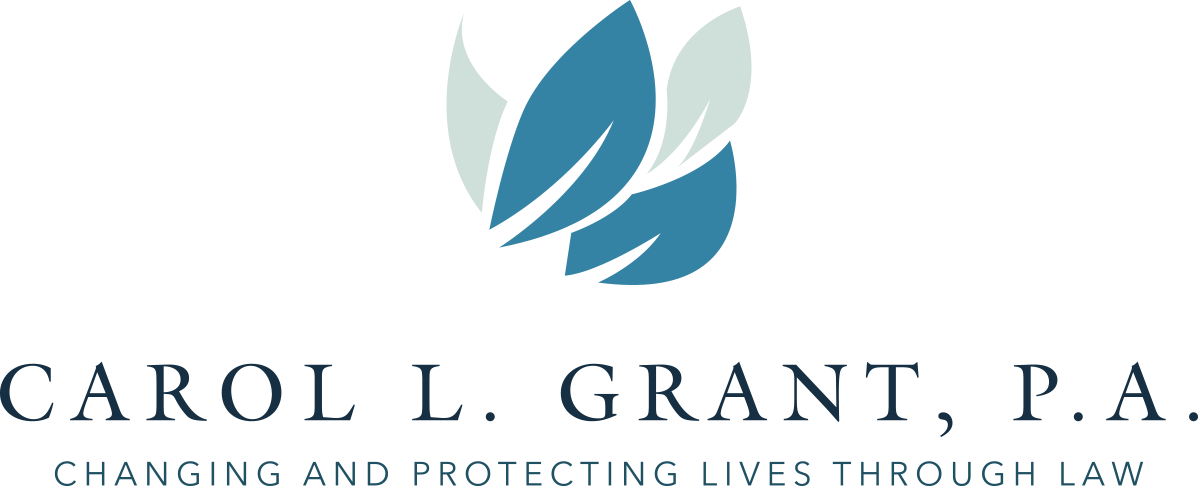The phrase “asset protection trust planning” brings up images of complex shelter trusts, holding companies, offshore entities, or other intricate structures meant to hide massive amounts of wealth. However, there are a number of asset planning techniques useful for families at any level, says a recent article from mondaq, “Gimme Shelter: General Trust Planning for Future Generations.”
Many people think they may not need complex trust planning, are confident their spouse can manage everything, and their children are responsible and financially knowledgeable. They’re often right; the surviving spouse manages the family’s finances, and the children are ready to manage their inheritance. However, life throws curveballs. Even the most fiscally savvy heirs may find themselves facing a nasty divorce, confronted with a life-changing medical emergency, or dealing with a failing business.
Assets inherited outright by beneficiaries are at a higher risk of being lost to creditors, divided in divorce proceedings, or drained by unforeseen emergencies. This is where trust planning comes in.
At its simplest, an asset protection or spendthrift trust is a trust funded by one person for the benefit of another. Assets remaining in the trust are protected from the claims of the beneficiary’s creditors because the law respects the distribution standards established by the trust’s creditor.
If the parent decides distributions may only be used for their child’s health, education, maintenance, or support, the child’s creditors cannot place a claim on the funds while they remain in the trust. Payments to the creditors would not meet any of these thresholds.
Spendthrift trusts have a reputation for onerous restrictions. The name alone conjures up the concept of protecting assets from mismanagement by the beneficiary. However, the basic structure itself doesn’t require unduly difficult restrictions. There needs to be a trustee and some guidance for the trustee to follow in making distributions to the beneficiary.
Asset protection trusts can be used for people who prefer to avoid imposing too many harsh restrictions on their assets, retaining both flexibility and creditor protection.
If the trust creator thinks it appropriate, they can add flexibility by naming the beneficiary as their trustee. This typically occurs after a beneficiary has reached a certain age set by the trust creator. Even this additional layer doesn’t eliminate the asset protection benefits the trust provides, as long as the beneficiary-trustee still has a clearly articulated standard to follow when deciding whether to make a distribution to themselves.
These types of trusts can provide a basic, relatively uncomplicated layer of protection for passing assets to beneficiaries. As the last few years have shown, it’s impossible to know what the future holds, making estate planning with an experienced estate planning attorney even more important to protect assets and families.
Carol L. Grant, Esquire serves client’s estate planning needs in Pembroke Pines, Davie, Cooper City, and Miramar.
Reference: mondaq (Sep. 6, 2023) “Gimme Shelter: General Trust Planning for Future Generations”







